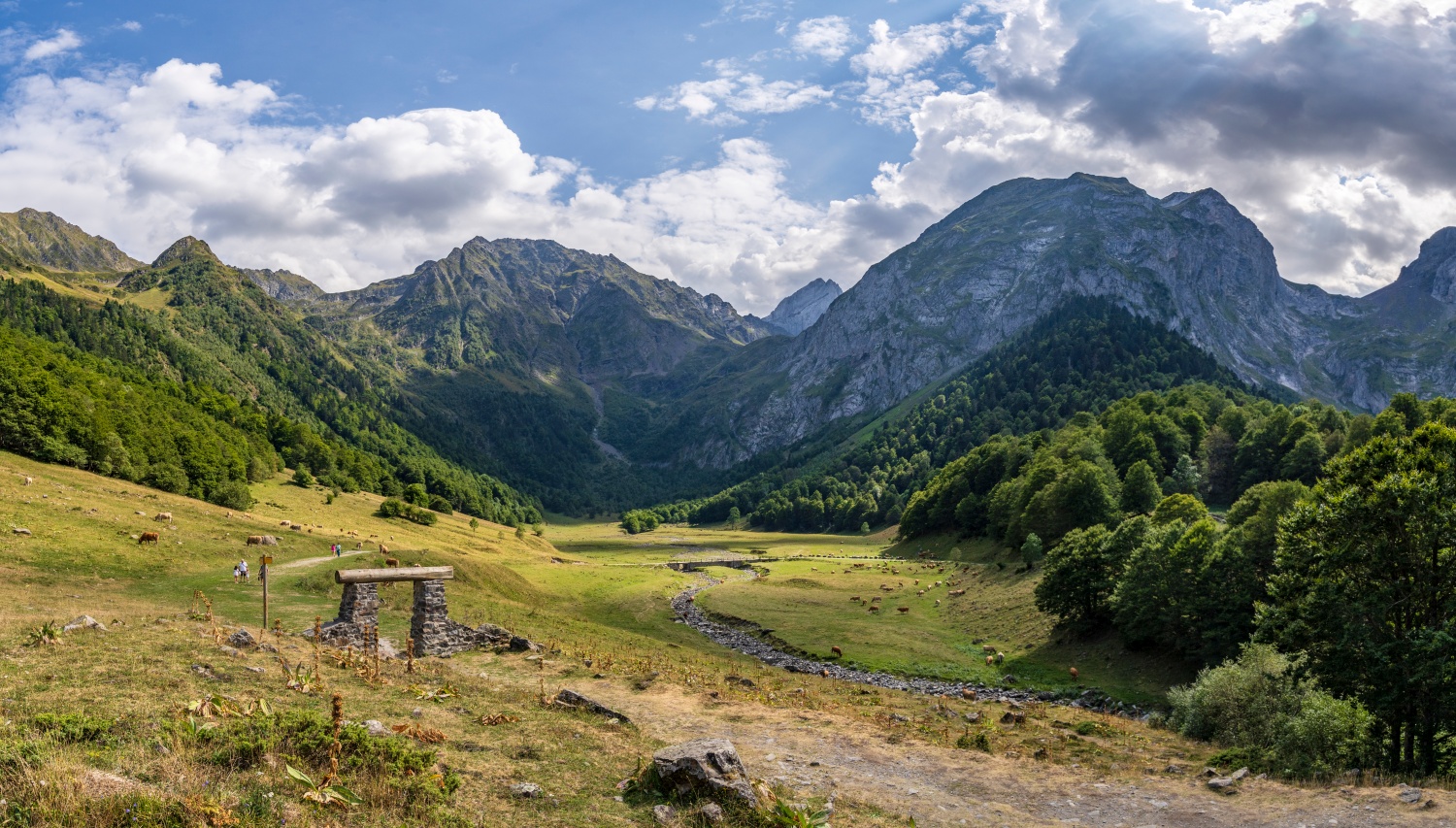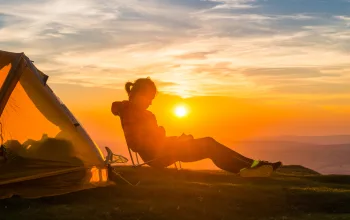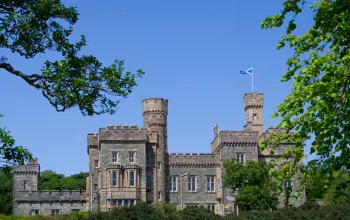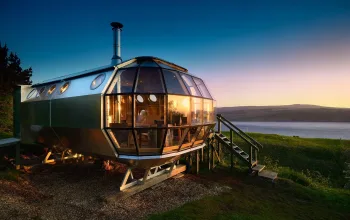Sponsored content
Photo credits: @valdaranphotos
So, where is Val d'Aran? In many ways, Val d’Aran is an anomaly. It’s part of Catalonia, Spain’s second-most populous province, but it sits on the other side of the Pyrenees from Barcelona and the region’s other main metropolitan centres. The rivers here flow north, towards the Atlantic, rather than south, towards the Mediterranean, and the climate is similarly unique.
Historically, this valley has always had a strong sense of its own identity. It was granted the right to self-governance in 1313, and maintains its own local language—Aranese—to this day. Until 1948, when a major road tunnel was built, the valley was completely cut off from the rest of Spain each winter by snowfall.

Culturally, it’s still fiercely independent, and visiting Val d'Aran in summer offers experiences that are just a little different to those you can find elsewhere in Catalonia, in Spain, or indeed anywhere in Europe. There are almost an infinite number of summer activities in Val d'Aran, from horseback riding to mountain biking in the area's ski resorts.
Narrowing down the list to seven was tricky, as there are just so many reasons to visit this unique and fascinating region.

The incredible and varied landscapes
Val d’Aran might be small—its 620 square kilometres makes it about half the size of Greater London—but it packs in a vast amount of variety. From the high-alpine areas around its spectacular, 3,000m-high peaks, to the verdant forests and green pastures further down, the region straddles multiple climate zones.
There are mountain lakes, cascading waterfalls, pretty streams and fast-flowing rivers. The northern Pyrenean climate is markedly different to the mediterranean areas that make up most of Catalonia, and the valley is home to species like the Aran rock lizard, which can’t be found anywhere else.

The unique history and culture
Because of its geographical separation from the rest of Spain, the Val d’Aran has developed a culture that’s completely unique. The language here, Aranese, shares more in common with Occitan than it does with Castilian Spanish, and the culture is fiercely independent. With its own festivals, its own art and its own heritage, the area is a cultural goldmine waiting to be explored.
The relaxing hot springs
These days, Val d’Aran is often praised as a centre of wellness, but people have been flocking to enjoy the healing properties of the hot springs here for centuries before that word existed. Sulphuric waters surge upwards from a depth of more than 300m below the ground and emerge at naturally-heated temperatures of more than 30 degrees.
Spa complexes like the Termas de la Baronía de Les, of the Hotel Es Banhs de Tredòs channel these waters into relaxing pools and offer a whole range of treatments. Whether you’re searching for a spa retreat or merely looking for a couple of hours TLC after a hard day hiking in the hills, Val d’Aran has got you covered.

The unparalleled hiking
Hiking holidays in Val d'Aran are full of adventure. As well as being located between two long distance walking routes [https://www.active-traveller.com/top-tens/the-uk-s-best-long-distance-walking-trails] across the Pyrenees, Val d’Aran boasts a whole host of shorter distance trails. These wind their way through steep-sided river valleys, skirt around glacial lakes, and finish on towering mountain passes and peaks.
There are more than 300km of clearly-marked trails in total in the valley, catering to all ability levels—from advanced scramblers to family groups. If you’re feeling bold, try tackling the climb to the Tuc de Molières, the valley’s highest peak. At 3,010m, it offers incredible views of the surrounding area and is one of the best hikes in Val d'Aran.

The two-wheeled adventures on offer
So, is Val d'Aran good for cycling? Whether you’re a hardcore mountain biker looking to tear up the trails of Baqueira Beret, Spain’s largest ski resort, or a family group searching out a mellow, riverside cycle route, the Val d’Aran offers a two-wheeled itinerary to suit.
There are more than 800km of approved eBike and mountain bike routes, more than 120km of cycle tourism routes and, for the serious roadies, some killer climbs. Because of its proximity to the French border, the valley has the distinction of having featured in both the Tour de France (more than 20 times) and the Vuelta a España.
Val d'Aran also has its own bike-friendly certification, the ÒC Bike Val d'Aran seal. The certification, currently awarded to 34 accommodations and 22 cycling companies, identifies them as offering specific services for visiting cyclists, such as bike storage space, bike racks and a basic toolkit.

The picturesque mountain towns and villages
Val d’Aran is well-known for having preserved much of its traditional architecture. Tiny mountain towns with narrow, cobblestone streets sit on steep hillsides, offering spectacular views of the valleys below. Designed to withstand the harsh winters, houses and barns made of stone, slate and wood blend into the landscape, while Romanesque and Gothic churches that have stood for centuries still welcome weary visitors.
The mouthwatering food & drink
No visit to the Pyrenees would be complete without indulging in the local gastronomy, but those who visit the Val d’Aran are in for a particular treat. Like its culture, and its landscapes, the food here is a little different. Regional specialities like Olha Aranesa, a hearty traditional soup made with blood sausage, beef bones and pork spine are must-try. Influenced by Occitan, Catalan and even Basque traditions, there’s plenty of variety.
To find out more about visiting this fantastic location, go to visitvaldaran.com






















